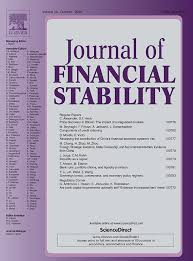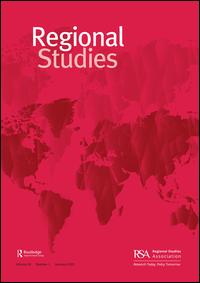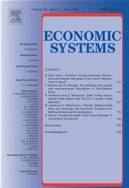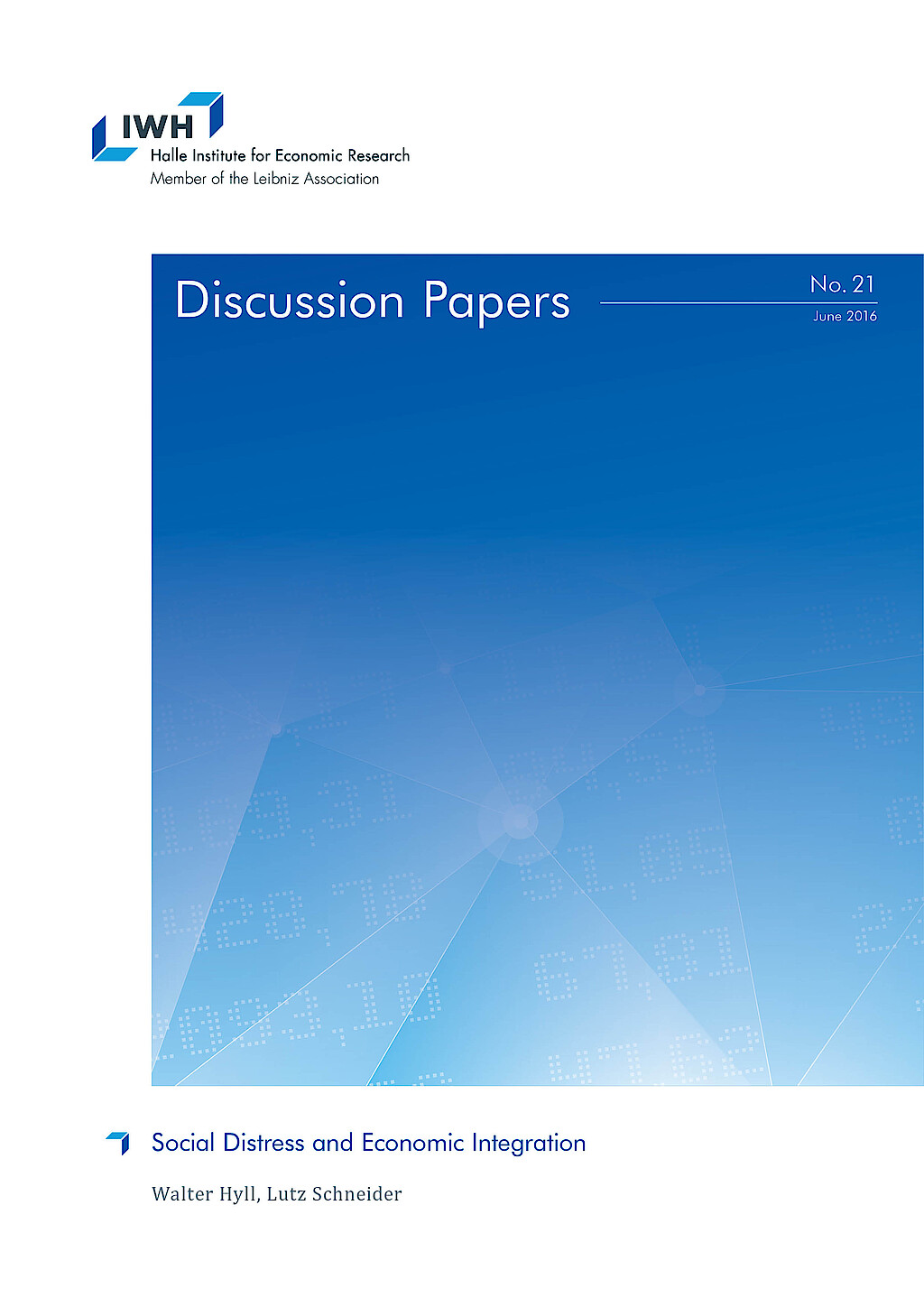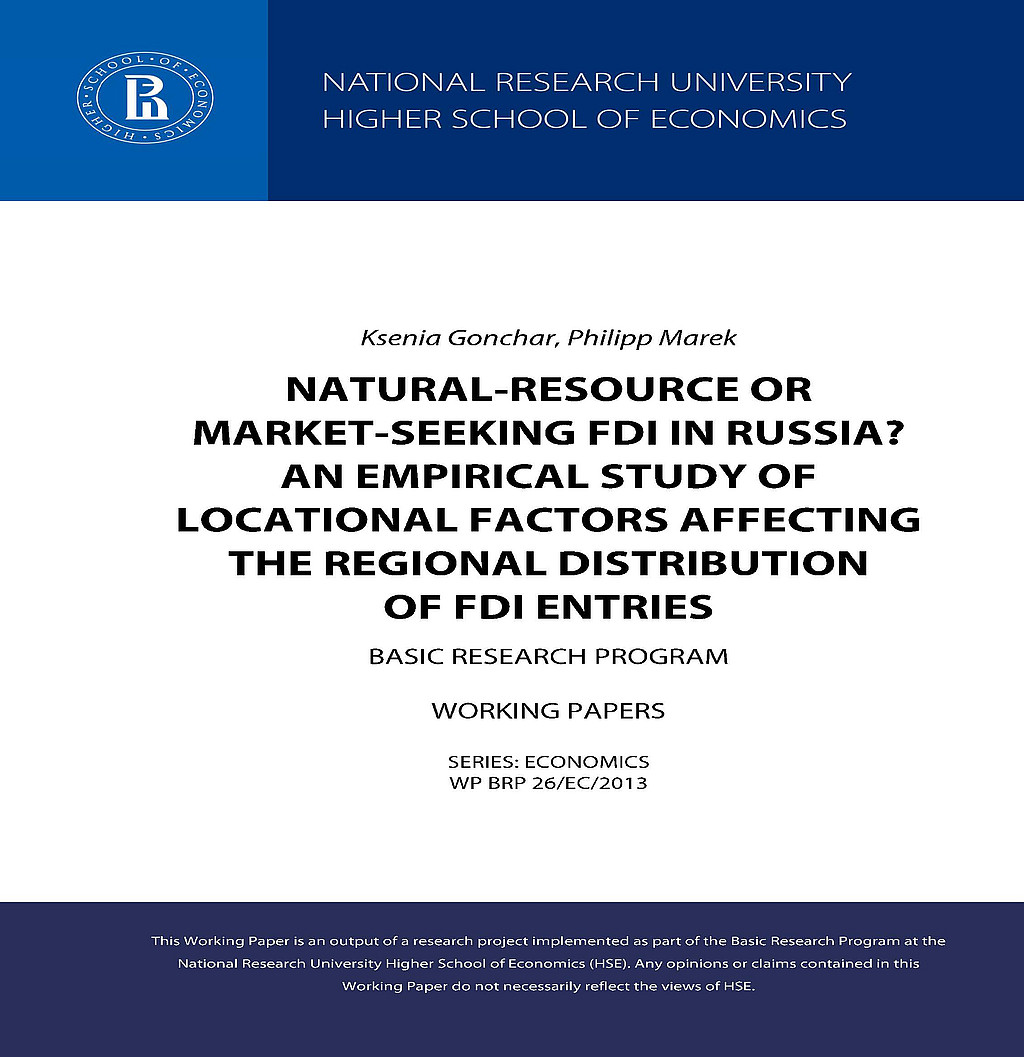Dr. Philipp Marek

Aktuelle Position
seit 6/15
Research Affiliate
Leibniz-Institut für Wirtschaftsforschung Halle (IWH)
seit 9/16
Economist
Deutsche Bundesbank
Forschungsschwerpunkte
- Mikroökonometrie
- Haushaltsfinanzen
Philipp Marek ist seit Juni 2015 Research Affiliate am IWH. Er forscht zu Themen der Mikroökonometrie und Haushaltsfinanzen.
Philipp Marek ist Wirtschaftswissenschaftler im Forschungszentrum der Deutschen Bundesbank. Zuvor war er am IWH tätig.


